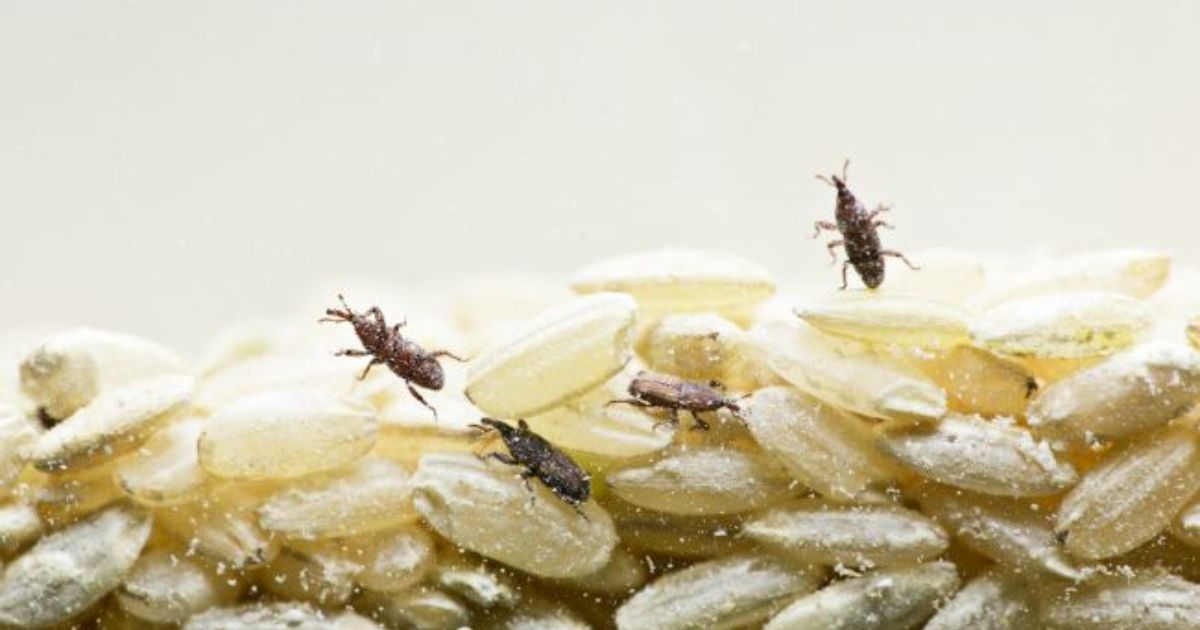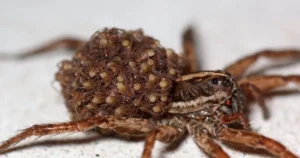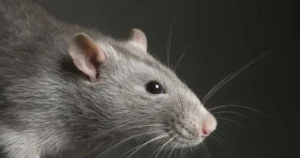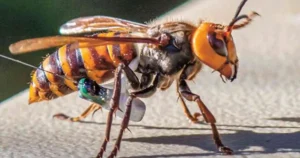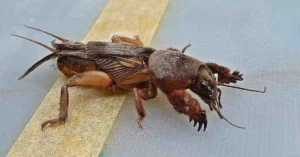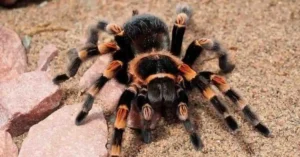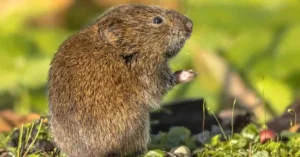Imagine opening your pantry, ready to prepare your favorite meal, only to find tiny pests crawling in your food. Uninvited guests like weevils and other pantry bugs can contaminate your food, waste your resources, and leave you feeling frustrated. The good news? Keeping these pests at bay is entirely achievable with some proactive measures and a little knowledge about their behavior.
In this article, we’ll dive deep into understanding weevils, recognizing infestation signs, and taking preventative steps to ensure a bug-free kitchen.
What Are Weevils?
Weevils are small beetles, commonly found infesting stored grains and pantry items. With over 60,000 species worldwide, they are a persistent problem in households and farms alike. Unlike other pests, weevils often live and breed directly inside food items like rice, flour, and pasta, making them harder to detect until the infestation is advanced.
Why Do Weevils Target Your Food?
Weevils are naturally drawn to dry, starchy foods, which serve as both a food source and breeding ground. They thrive in warm, humid environments, making improperly stored food their perfect target.
Identifying Weevil Infestations
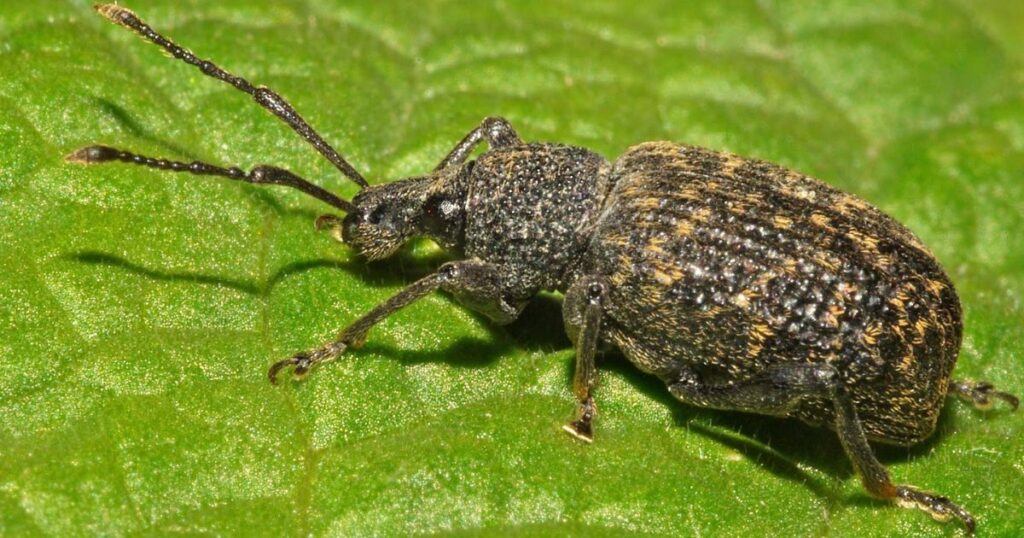
Weevils are sneaky, but their presence can be detected with a little observation. Here’s how to identify if your food is infested:
- Visual Clues:
Adult weevils are small (about 2-10 mm long), with elongated snouts and dark-colored bodies. They often burrow deep into grains and can be seen crawling on food surfaces or pantry shelves. - Food Damage:
Look for tiny holes in food packaging or grains. These are telltale signs of weevils munching their way through your supplies. - Webbing or Clumping:
Some weevils, like the Indian meal moth, leave behind a silky webbing that causes grains to stick together. - Unusual Smell:
Infested food often emits a musty or unpleasant odor due to weevil activity and contamination.
How to Prevent Weevil Infestations
Preventing weevils is easier than eliminating them. Follow these practical tips to safeguard your pantry:
1. Inspect Before Buying
Always check food packaging for signs of damage or contamination before purchase. Avoid items with small holes or clumps, which could indicate the presence of pests.
2. Use Airtight Containers
Store grains, flour, pasta, and other dry foods in airtight glass or plastic containers. This barrier prevents weevils from entering or escaping.
3. Freeze Your Food
To kill any hidden eggs or larvae, freeze grains and flour for 4-7 days before storing them in your pantry.
4. Keep Your Pantry Clean
Regularly clean shelves and discard expired or unused food items. Vacuuming cracks and crevices in your pantry helps eliminate hiding spots for pests.
5. Maintain a Dry Environment
Weevils thrive in humidity. Use a dehumidifier or silica gel packets to keep your pantry dry.
6. Rotate Stock
Follow the “first in, first out” rule for pantry items. Using older food first reduces the chance of prolonged storage, which attracts weevils.
Natural Remedies to Deter Weevils

If you’re dealing with a minor infestation or want an eco-friendly approach to pest prevention, natural remedies can be surprisingly effective.
1. Bay Leaves and Cloves
Placing bay leaves or cloves in your storage containers can act as a natural deterrent. The strong scent repels weevils and other pantry pests.
2. Essential Oils
Spray diluted essential oils like peppermint or eucalyptus in your pantry. These oils are known to repel insects and leave your pantry smelling fresh.
3. Diatomaceous Earth (Food Grade)
This natural powder can be sprinkled around pantry shelves. It works by dehydrating and killing insects on contact.
4. Sunlight Exposure
Expose infested items to sunlight. Weevils cannot survive in extreme heat or direct sunlight, making this an effective method to eliminate live pests.
Steps to Eliminate a Weevil Infestation
Despite your best efforts, weevils can still find their way into your pantry. Here’s how to tackle an infestation effectively:
- Remove All Infested Food
Inspect every food item in your pantry and discard anything showing signs of infestation. Seal the contaminated food in plastic bags before disposal to prevent the pests from spreading. - Deep Clean Your Pantry
Vacuum shelves, corners, and crevices to remove any remaining weevils, larvae, or eggs. Follow up with a thorough wipe-down using warm, soapy water or vinegar. - Use Traps and Baits
Pheromone traps specifically designed for pantry pests can help capture remaining weevils. Place these traps in areas with high pest activity. - Reorganize Your Pantry
After cleaning, return only pest-free, sealed items to the pantry. Label containers with purchase dates to monitor food rotation effectively.
When to Call a Professional
If you’re dealing with a severe infestation that home remedies and cleaning can’t control, it may be time to call a pest control professional. Experts can assess the situation and provide targeted solutions, including the use of safe pesticides or heat treatments.
Conclusion
A weevil-free pantry starts with vigilance, proper storage, and cleanliness. By understanding their behavior and taking preventative measures, you can enjoy a kitchen free of pesky pests. Remember, early detection and consistent practices are key to keeping your food safe and your home hygienic.
FAQs
1. How long do weevils live in stored food?
Weevils typically live for 2-3 months. During this time, they can lay hundreds of eggs, which hatch and grow into larvae that feed on stored food.
2. Can weevils spread to other parts of the house?
Yes, weevils can migrate to other areas if they find food or shelter. It’s essential to address an infestation promptly to prevent spreading.
3. Is it safe to eat food infested with weevils?
While consuming weevils isn’t harmful to health, it’s unpleasant and indicates food contamination. Discard infested food to ensure safety.
4. Can pantry pests survive in sealed containers?
No, airtight containers effectively prevent weevils from entering or escaping. However, they won’t eliminate pests already present in food.

James William is a passionate animal lover and expert in the Animals and Pets niche. With years of experience in pet care, wildlife studies, and blogging, James shares practical tips, heartwarming stories, and expert advice to help pet owners build stronger bonds with their furry, feathered, and scaly companions.
